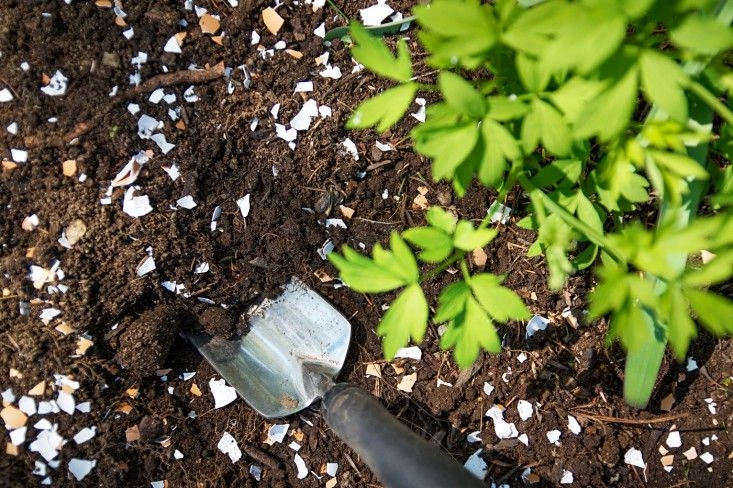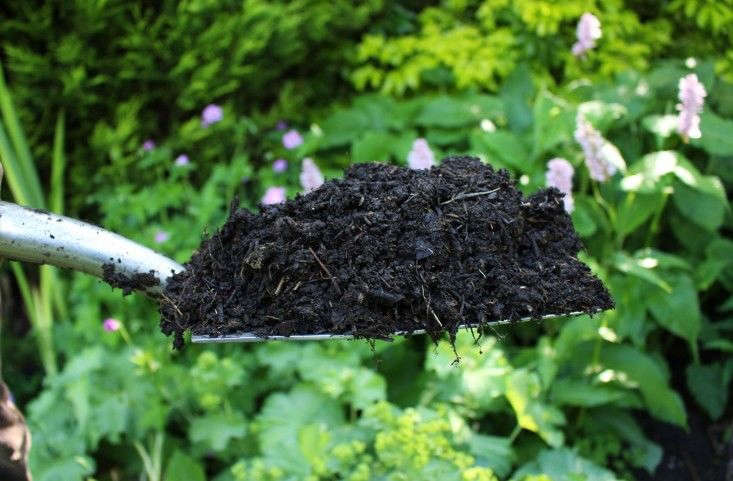Gardening is a lot like parenting. You can follow directions and advice (from this website or that book or some expert) all you want, but you won’t be able to guarantee the results. Sometimes plants are resilient and thrive despite less-than-optimal conditions and other times, no matter how much care and thought you give to them, they perform poorly.
That doesn’t mean you should be completely laissez-faire about your garden, though. Like parenting, gardening done right is about creating a fertile environment that encourages growth. And one of the best ways to set the stage for plant success is to ensure your soil is right for your garden. Where to start? Simple: with a soil test.
What does a soil test tell you?

If you’re interested in adding any type of soil amendments, you need to first know what your current soil is lacking. A soil test will give you two important pieces of information. First, it will measure its minerals, like potassium, calcium, magnesium, and lead. Based on those results, most labs will also make recommendations as to what type of fertilizer, if any, you should use.
Second, it will tell you the pH level of your soil. Most plants do well with slightly acidic levels (6.0 to 6.5), and if your soil turns out to be too alkaline (above 7.0, which indicates neutral), you can make an adjustment by adding organic matter like compost or crushed eggshells, an acidic fertilizer, or sphagnum peat moss.
Often times, you can pay more to receive a soil texture analysis and to find out the percentage of organic matter in your soil.
When’s the best time to test soil?

Either in the spring, before you add any fertilizers, or post-harvest in the fall. Just don’t do it when the ground is wet. For lawns, you may want to conduct the test in late summer, before fall fertilization.
Where can you find a soil test?

You can buy a soil test kit from many garden centers, like Lowe’s, but we recommend obtaining it through your local County Cooperative Extension Office; go here to find your the one closest to you.
For more on soil health, see:
- Dirty Secrets: 9 Ways to Improve Garden Soil
- The Garden Decoder: What Is ‘Biochar’?
- Landscaping: What’s the Best Soil Conditioner for Your Garden?








Have a Question or Comment About This Post?
Join the conversation